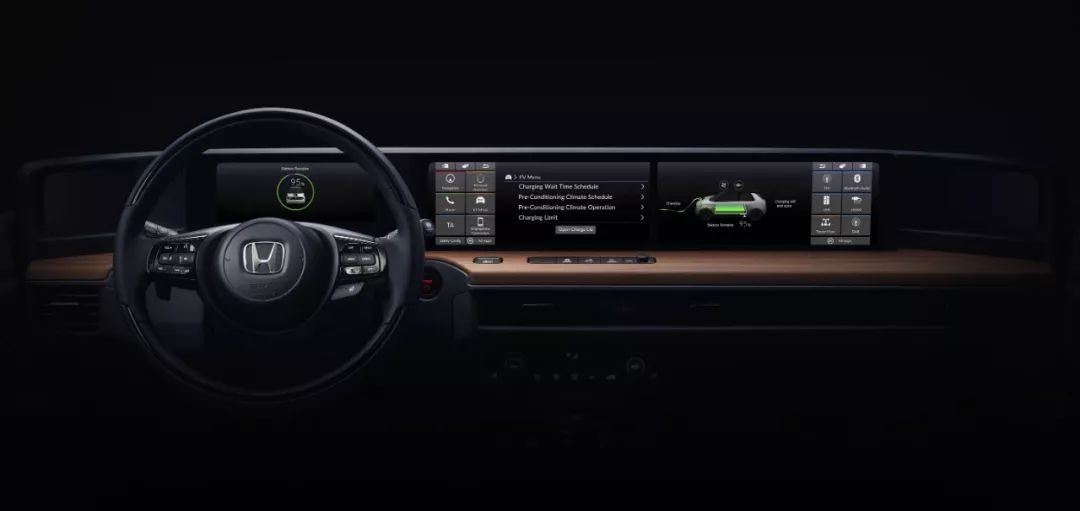Before Valentine’s Day, Honda released a picture of the interior of the Urban EV, and the huge screen on the center console means that Honda has also entered the era of big screens!
Japanese cars have taken a historic step forward in human-machine interaction systems
In this era of big screens, the design of the Urban EV is not particularly stunning, but it is the first time that so many and such large screens have appeared on a Honda model. If we look at Honda’s latest 2019 CRV, the size of the center console screen is a measly 7 inches. Even if we expand the range to all Japanese cars, the largest screen we can find is the 12.3-inch screen on the Lexus flagship model LS.
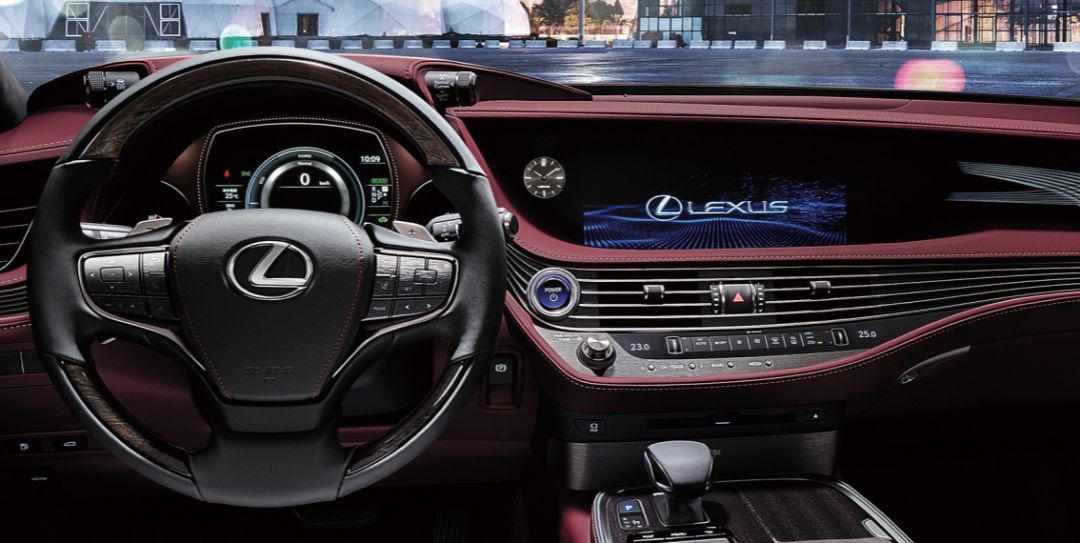
This data may sound familiar, as this size of LCD instrument panel or center console screen is now used in many car models. Remember that this size first appeared on the tenth-generation Mercedes-Benz S-Class with the chassis code W222 at the end of 2013. At that time, when screens with sizes between 5 and 8 inches were common, the two 18-inch iPhone-like screens on the Mercedes-Benz S-Class were stunning.
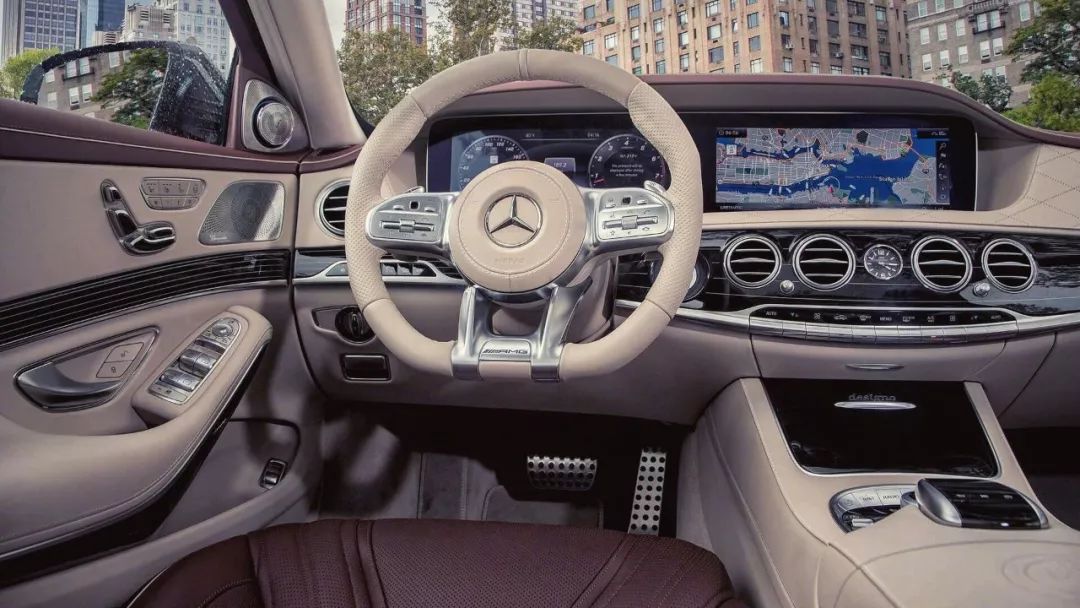
At this time, domestic car manufacturers began to gradually increase the size of the center console screen and increase the number of screens in the car. At the same time, in order to make good use of these screens, car manufacturers began to work on the operating system and logic, and many Internet companies began to develop car machine operating systems suitable for the vehicle environment, such as the Zebra system jointly developed by SAIC and Alibaba.
Nowadays, at new domestic car launches, there must be a party devoted to the car’s intelligent interactive system. Some cars even have a big screen for intelligent interaction in the cabin as their selling point (yes, Byton is talking about you). However, it should be clear that having a larger or more screens is not necessarily better, but to have an excellent in-car intelligent interactive experience, a big screen is necessary as the foundation.
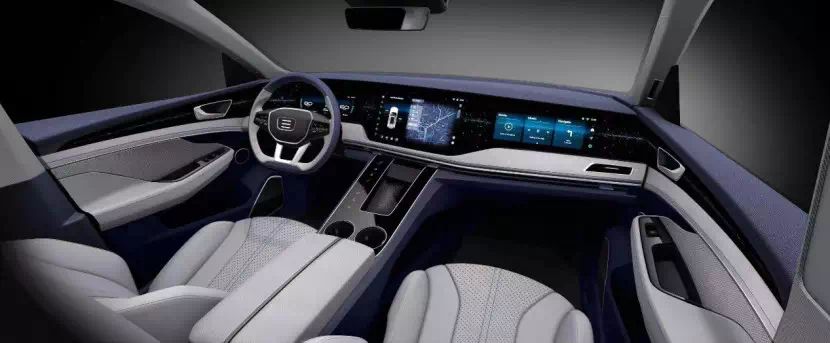
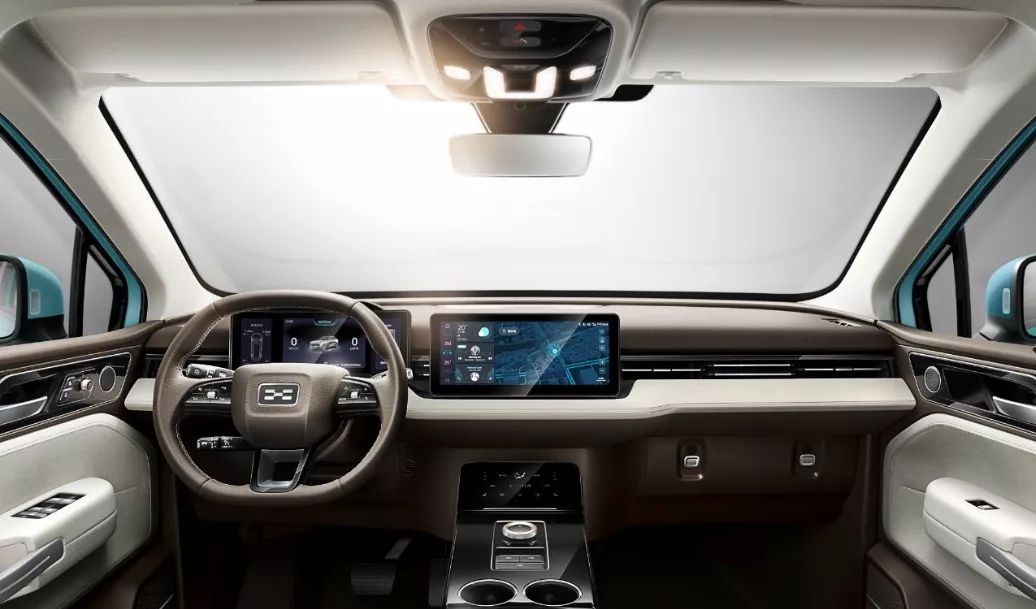 “`markdown
“`markdown
The nerves of Japanese, Korean, and American brands seem to be unusually thick. The unchanging interior style can no longer keep up with the trend of the times. Even if some car models have forcibly installed large screens, the interaction logic is abstract, and they cannot fully enjoy the benefits of the large screens. (Tesla: American brand? You don’t take me seriously? Me: Big Brother, the situation is chaotic, please step aside first.)
Among the old car brands, Mercedes-Benz is still leading the way. When everyone is using 12.3 inches screens, the next generation of Mercedes-Benz S, which will be released next year, has secretly replaced it with a larger screen. The latest MBUX human-computer interaction system will also be used on more and more models.
Finally, the Honda Urban EV took a solid step forward under the label of a Japanese car and barely caught up with the mainstream. Now let’s take a closer look at the interior of the Urban EV.
Multiple and Large Screens, Multiple and Dense Physical Buttons
After the picture was exposed, everyone exclaimed that it was very similar to the Xpeng ONE in terms of appearance. Luckily, Honda’s picture had very good clarity, so let’s make a simple comparison from the layout.
The Honda Urban’s center console spans five large screens from left to right, with the left and right screens displaying the streaming media rearview mirror, and the middle three screens displaying the instrument panel and multimedia/vehicle information display screen. The UI design looks very comfortable.
However, due to domestic laws and regulations, the streaming media rearview mirror will probably be replaced by physical rearview mirrors in the future, and if the left and right screens are missing, the visual effect may be much worse.
Xpeng ONE also uses streaming media rearview mirrors, and their display screens are placed on the doors on both sides, while a black plastic decorative panel will be in that position if traditional rearview mirrors are chosen. I don’t know how Honda will deal with it then.
The center console of the Xpeng ONE is also composed of three narrow display screens, which are the instrument panel, central control screen, and co-pilot screen. The UI design looks equally comfortable. From the color matching and screen layout, the two are indeed very similar, but this time the domestic brand is leading the way.
While both Honda and Li Xiang One have big screens dominating their center consoles, they didn't follow Tesla's lead to eliminate nearly all physical buttons. Buttons on the steering wheel are reserved, but their actual functions are vastly different. Honda's Urban steering wheel has a lot of densely packed buttons, and each button has a clear mission assigned by Honda, as can be seen from the symbols imprinted on the buttons, which are quite conventional.
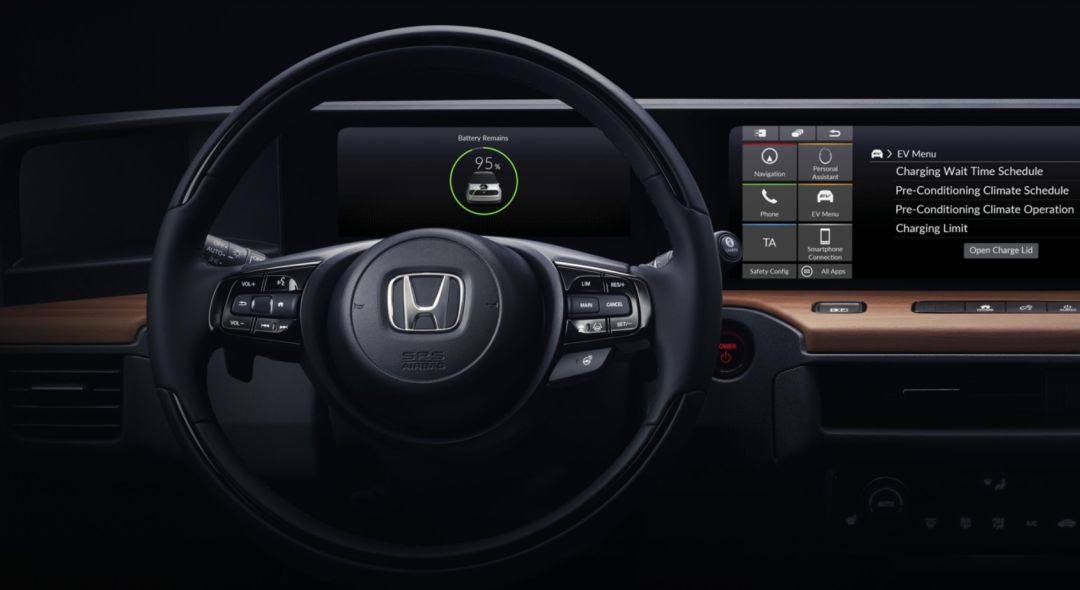
Li Xiang One's buttons, on the other hand, are fewer but more elegantly arranged. Each button serves a different purpose in different scenarios, which gives it greater potential in this age of intelligence. Fewer buttons can achieve more functions, as exemplified by Tesla's Model 3.
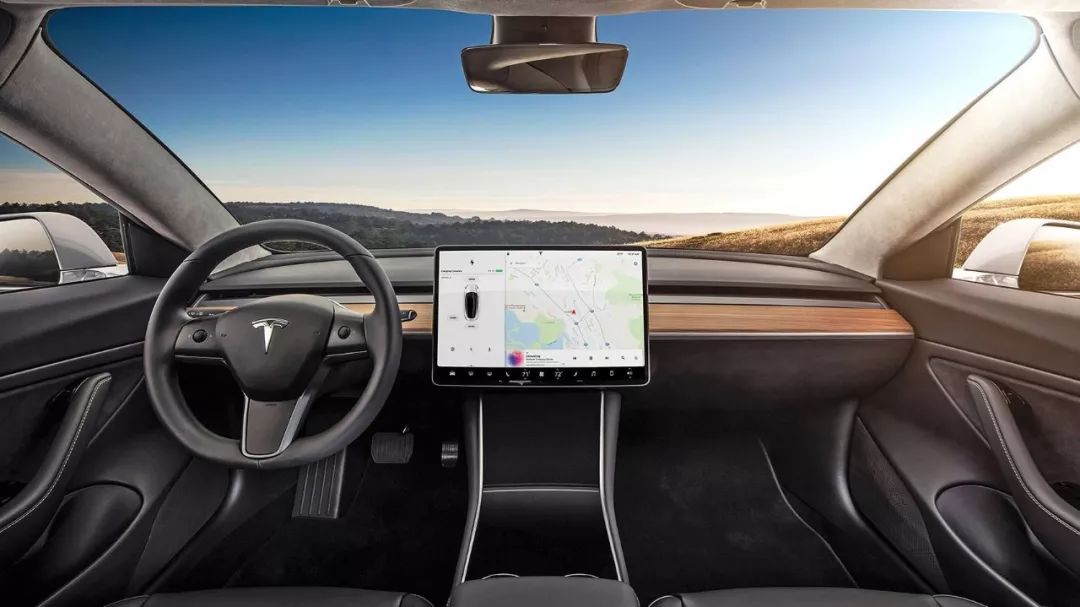
Aside from the buttons on the steering wheel, Honda didn't even bother to remove the physical buttons for air conditioning, as well as various power interfaces below, which all have the familiar Honda flavor. Although it may look slightly old-fashioned, the fact is that physical buttons are easier to use for frequent operations of air conditioning, especially before an excellent in-car voice interaction system appears.
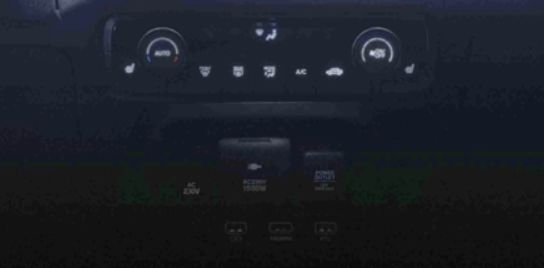
Instead, Li Xiang One's air conditioning control buttons are replaced by the fourth vehicle control screen, which although a screen in itself, has its own unique design philosophy as described on the official website:
> "All vehicle functions within reach, supporting multi-finger fuzzy operations and discarding multilevel menus for a more intuitive and safer experience."
From this description, my current understanding is that, although physical buttons are replaced by a screen, unlike other vehicles that use big screens, Li Xiang One arranges its function keys in fixed positions for ease of use, without multilevel menus, in order to achieve the same convenience and safety as actual buttons. Additionally, Li Xiang One also claims that the in-car voice control is "a truly intelligent voice assistant belonging to the in-car space," although we have to wait for the product to come out before we can determine how useful it truly is. In terms of extensibility, Li Xiang One has undoubtedly won.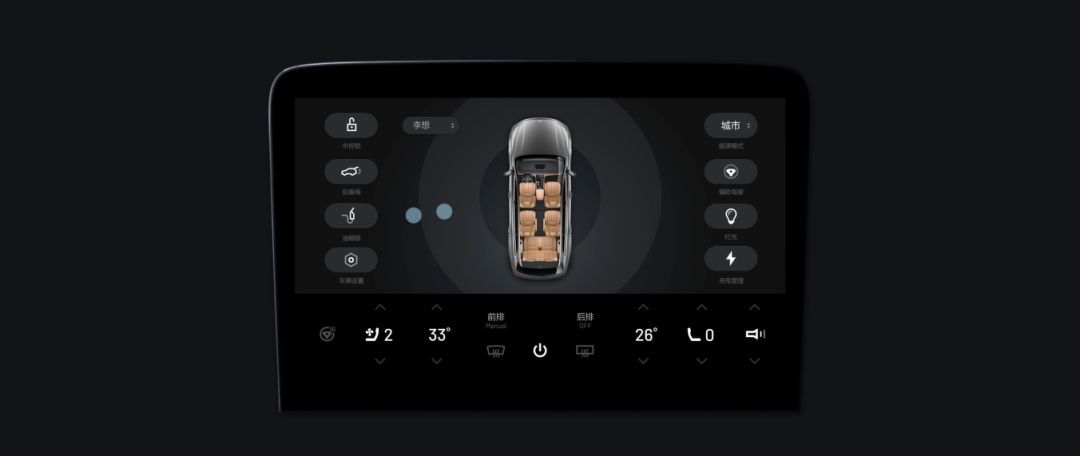
Did you notice the detail on the dashboard of Honda's picture after the horizontal comparison? The charging port of the Urban EV is right above the front of the car! It is confirmed from the spy photos taken by foreign media that the charging port is indeed on the hood, which confuses me. Is charging troublesome? Can it charge when it's raining?
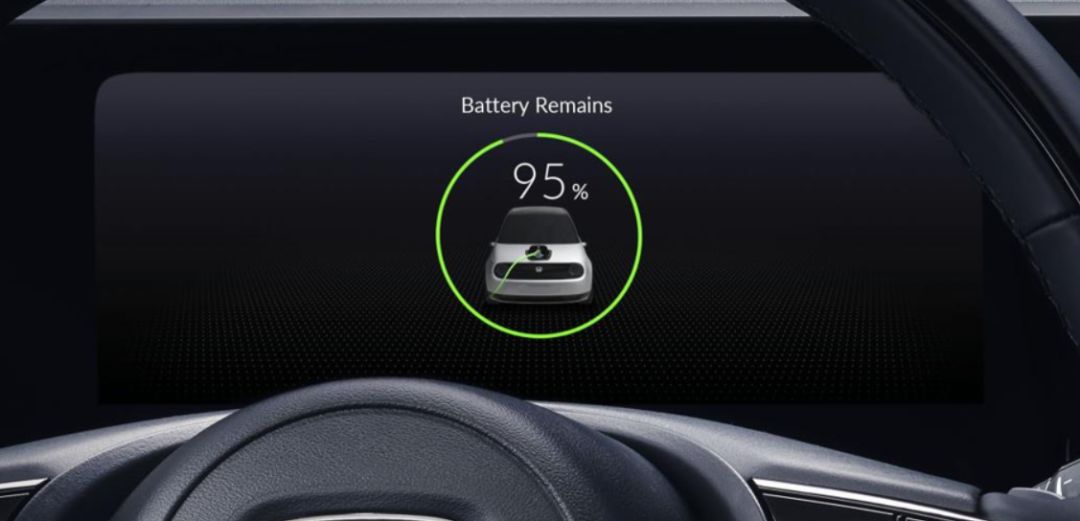
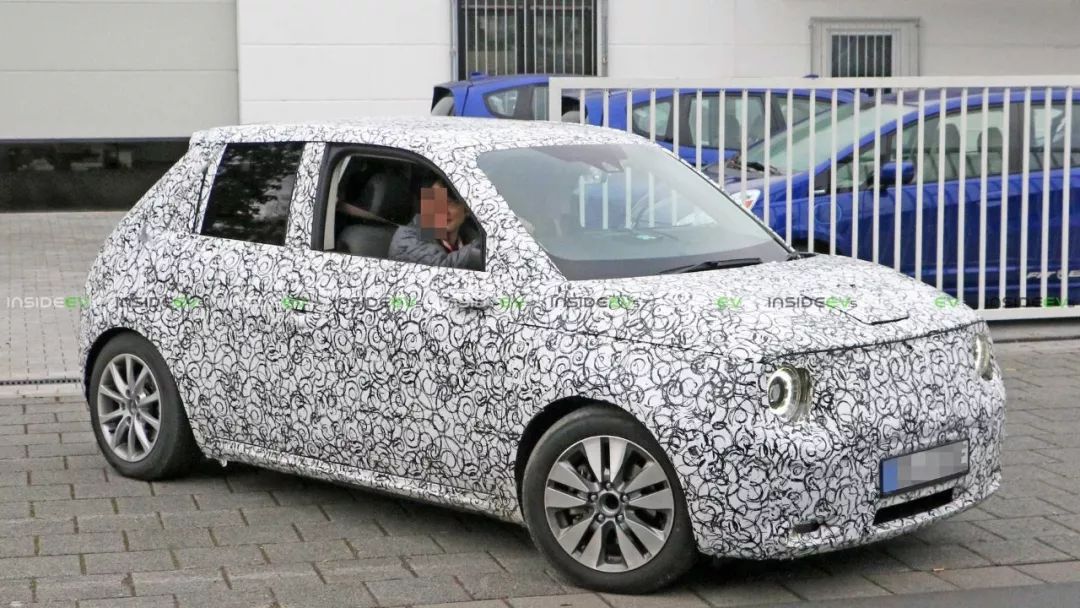
By the way, the Urban EV will officially debut at the Geneva Motor Show in March this year. I can't wait to experience the screen made by Honda. When all the above-mentioned models are mass-produced, I hope to arrange a head-on collision between their human-machine interaction system!
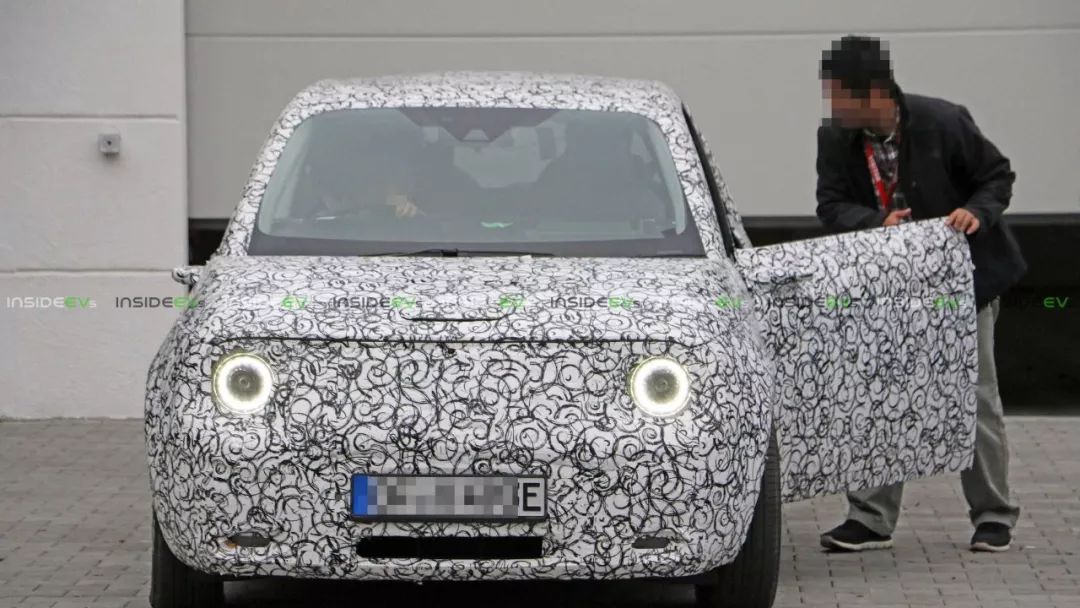
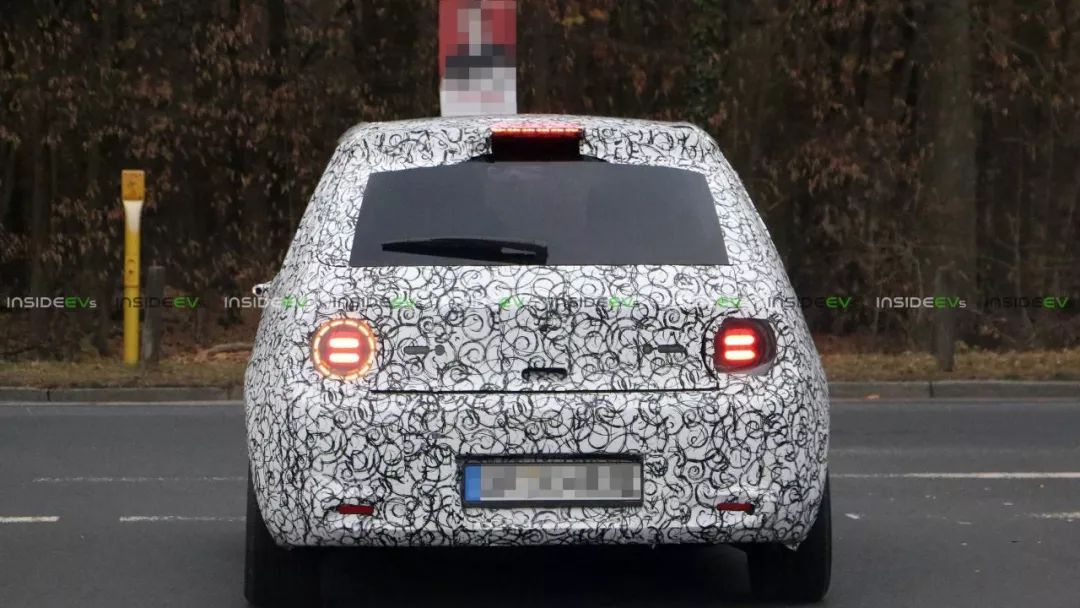
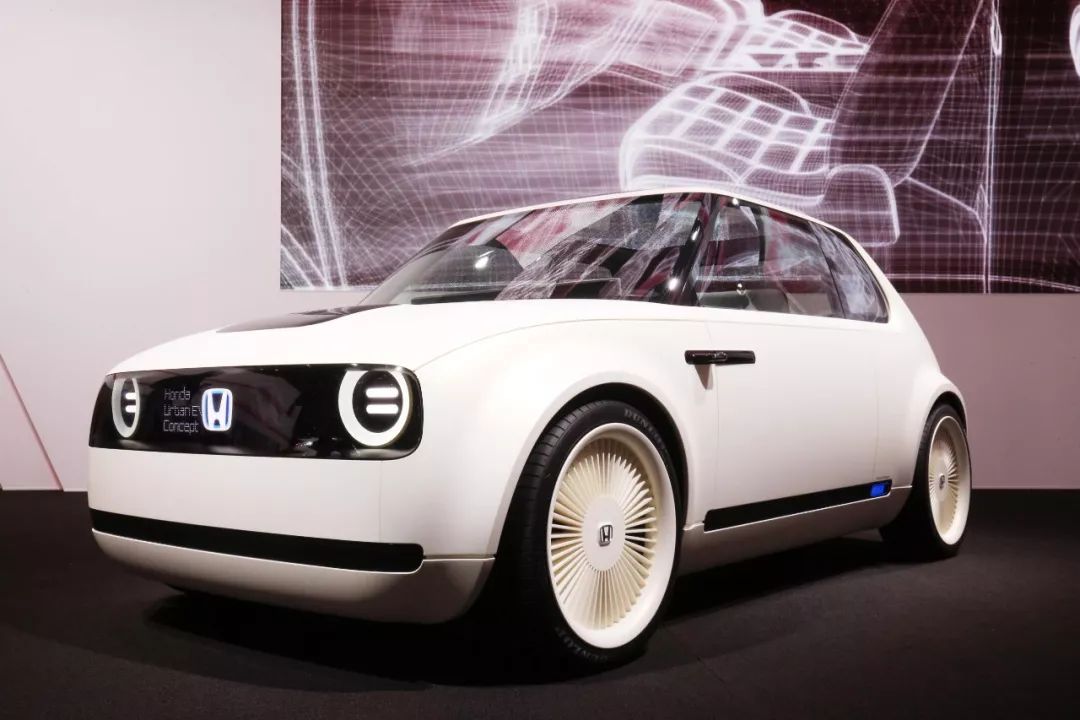
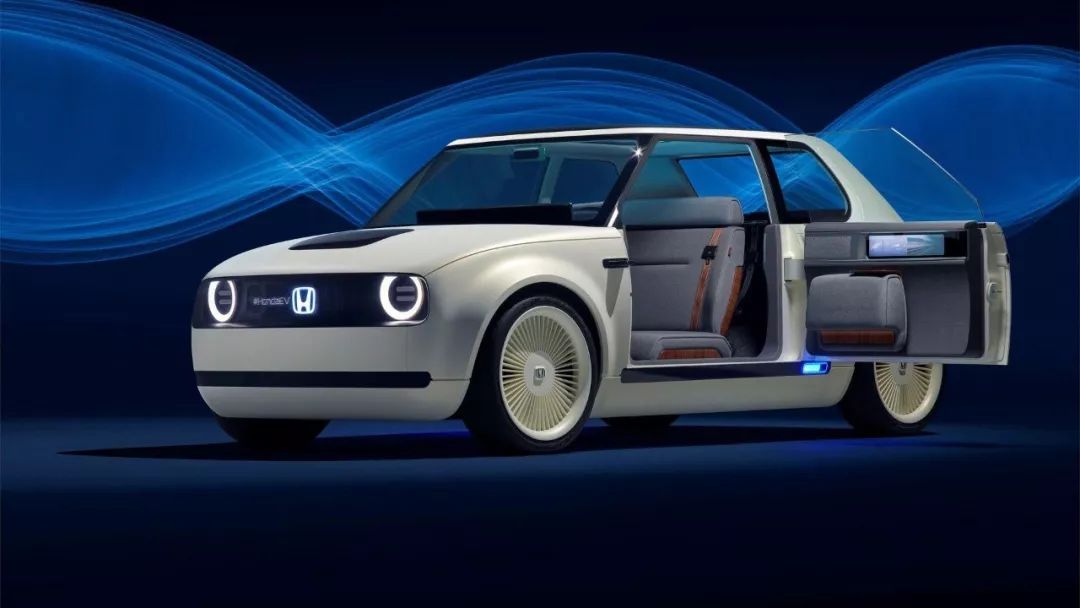
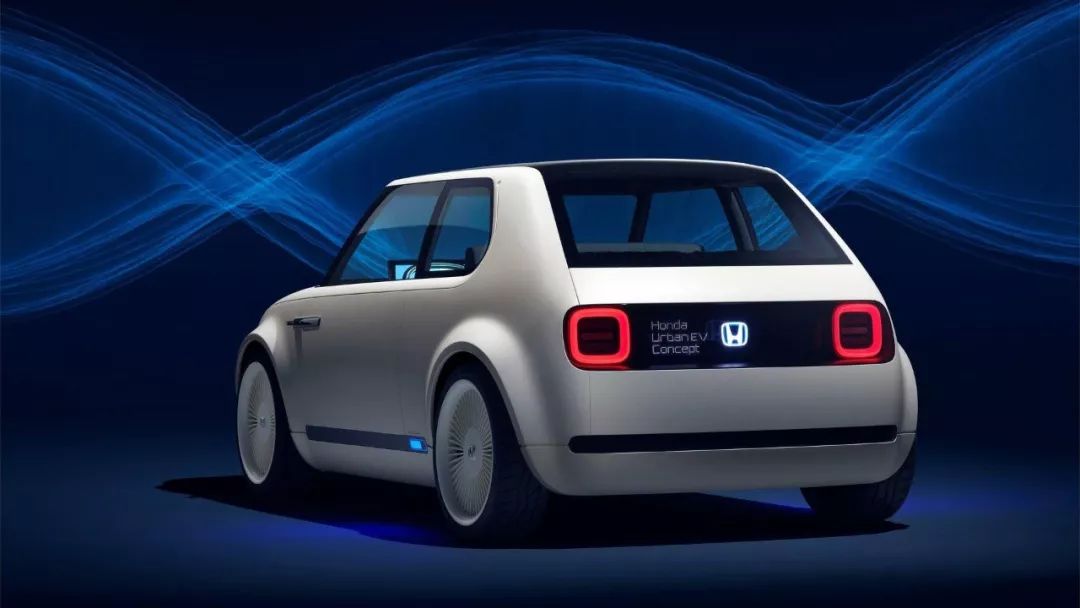
Finally, let's take a look at some more pictures of this cute little car!
```markdown

* [Can the Ideal ONE become the next super explosive product?](http://mp.weixin.qq.com/s?__biz=MjM5NTIyMjA2MQ==&mid=2656746145&idx=1&sn=911a0ca70f0df9fa4236ba70764faa6a&chksm=bd55dde38a2254f56652b9f939951f69eabadc23464dce7b024dc48cc89e55ce1f8a34cf5a57&scene=21#wechat_redirect)
* [Chen Chen talks about Byton design: defining the seven secrets of the next generation of intelligent terminals](http://mp.weixin.qq.com/s?__biz=MjM5NTIyMjA2MQ==&mid=2656745728&idx=1&sn=849b5d461a60808bffa8c0a41ebec610&chksm=bd55de428a2257540006489230a2396fb4ac33c2b1eabf754174af5a8fb939e546b973f44029&scene=21#wechat_redirect)

This article is a translation by ChatGPT of a Chinese report from 42HOW. If you have any questions about it, please email bd@42how.com.
